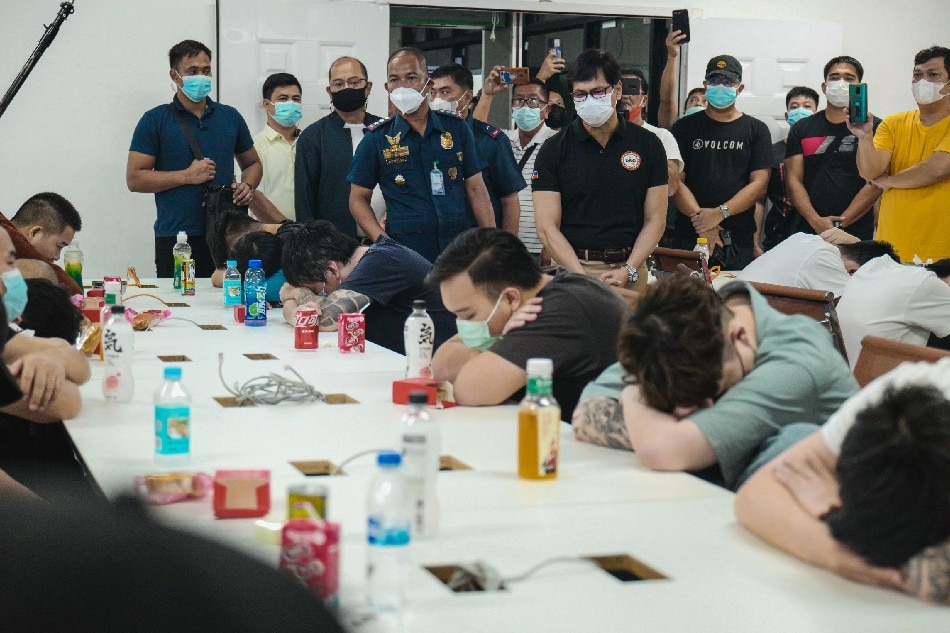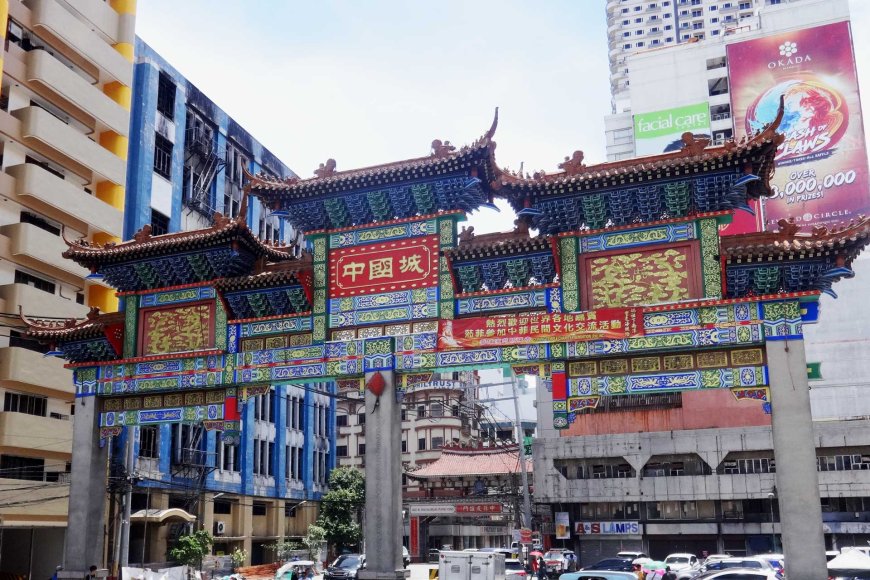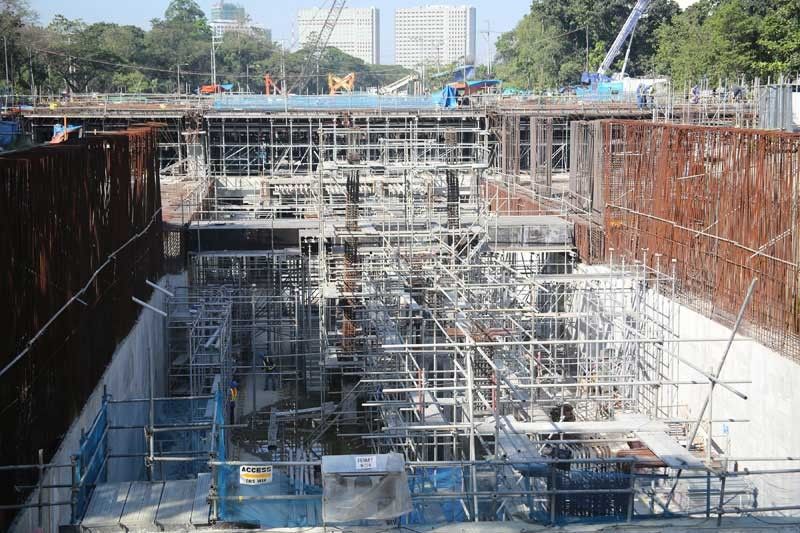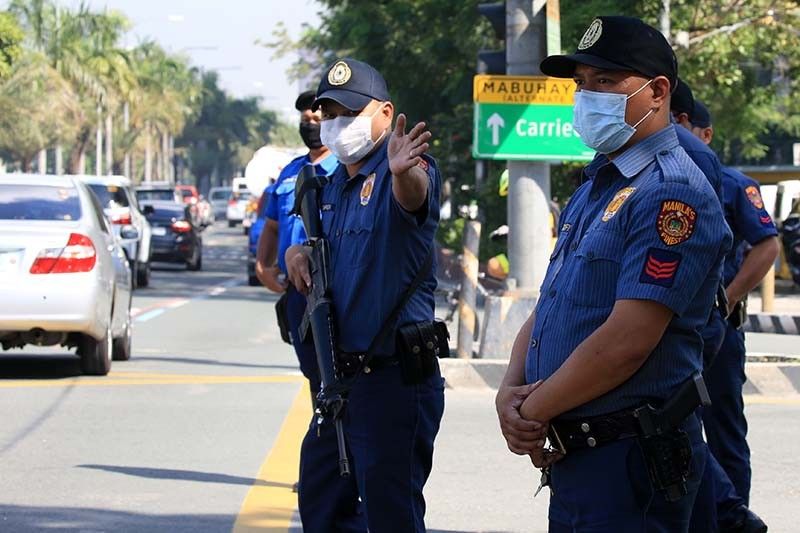
Steel Tycoon Anson Que Abducted After Dinner, Killed Despite ₱210 Million Ransom
Brutal Killing of Philippine Steel Tycoon Reverberates Through Business and Security Sectors
In the Wake of Anson Que’s Murder, A Nation Confronts Its Criminal Underworld—and Its Own Failings
On the evening of March 29, Anson Que, a titan of the Philippine steel trade and a pillar of the Chinese-Filipino business community, stepped into his vehicle following a routine dinner in Bulacan Province. Hours later, he vanished—along with his driver. By April 9, both men were found lifeless in the town of Rodriguez, Rizal, their bodies dumped in nylon sacks, faces disfigured, heads bound in tape—gruesome evidence of torture and prolonged suffering.

The sheer savagery of the double homicide has unleashed a wave of outrage, fear, and scrutiny across the Philippines. In elite boardrooms and provincial business halls alike, a single question now looms: what chain of power, greed, and corruption could end with the calculated execution of a man so well connected, so widely respected?
“This was an orchestrated display,” observed one Manila-based security consultant. “It was planned to inflict maximum damage—not only on the victims, but on the psyche of an entire sector.”
A Deal Made, a Life Taken
A ₱210 Million Ransom Was Paid—But Rescue Never Came
Shortly after Que’s disappearance, a ransom demand arrived. The sum: 210 million Philippine pesos—approximately $3.7 million. The family complied without hesitation, transferring the funds in three staggered installments. Still, there was no return. No calls. No sign of life.
When police finally located the bodies, it was clear the captors had made their decision long before the final payment cleared. The killings bore all the trademarks of syndicate-style retribution: methodical, brutal, and designed to signal dominance.
“This wasn’t a case of negotiations breaking down,” remarked a former kidnapping task force member. “The objective here wasn’t just to get paid. The objective was total silencing.”
With public anger mounting, Philippine authorities discharged the head of the anti-kidnapping unit and hastily convened a special investigation task force. But days later, suspects remain unidentified, and official channels offer little clarity.
Summary of Kidnapping-for-Ransom Incidents in the Philippines: Recent Years
| Year | Notable Trends and Incidents | Policy Changes and Law Enforcement Actions |
|---|---|---|
| 2025 | Significant drop in kidnapping cases post-POGO phase-out. High-profile case involving a teenage student. | Complete phase-out of POGOs by December 2024. |
| 2024 | Total ban on POGOs due to crime links. | President Ferdinand Marcos Jr. announced a total POGO ban. |
| 2022 | Surge in kidnappings, including POGO-related cases. Brutal incidents like the murder of a pharmaceutical businessman. | Increased focus on POGO-related crimes. |
| 2020-2021 | Drop in overall kidnappings due to pandemic lockdowns. Rise in POGO-related kidnappings. | Enhanced security measures during lockdowns. |
An Architect of Industry—and Community
Born in Yongchun, Fujian, Que arrived in the Philippines in 1985. Five years later, he launched Elison Steel—a venture that evolved into one of the nation’s most influential steel suppliers. Under his leadership, the company shifted from trading second-grade materials to dominating the market in structural steel. Industry insiders viewed him not merely as an executive, but as a figurehead whose decisions shaped supply chains and pricing structures.
His reach extended beyond commerce. Que held leadership positions in organizations such as the Philippine Chinese Chamber of Commerce, the Fujian General Chamber, and the Filipino-Chinese Friendship Association. Through these groups, he championed cultural diplomacy and economic exchange between China and the Philippines.
Did you know that the Federation of Filipino-Chinese Chambers of Commerce and Industry, Inc. (FFCCCII), established in 1954, was inspired by a call from President Ramon Magsaysay to unite Chinese-Filipino business leaders for national development? Over the decades, this organization has grown into a powerful network of 170 member chambers across the Philippines, championing economic progress, cultural integration, and philanthropy. From building schools in rural areas to promoting trade and fostering public-private partnerships, FFCCCII embodies the spirit of "Dugong Tsino, Pusong Pinoy" (Chinese blood, Filipino heart), blending Confucian values of benevolence and righteousness with a commitment to uplifting Filipino society.
Charity was a constant. Since the 1980s, Que funneled over ¥20 million to projects in his hometown, funding roadworks, educational initiatives, and disaster relief. He was equally active in supporting local students in Manila through scholarships and community school programs.
“His work bridged borders—economic, cultural, and generational,” noted a member of the Filipino-Chinese Federation. “He represented possibility.”
Possible Motives: Business Clashes, Criminal Entanglements, and Betrayal
While investigators have not confirmed a motive, multiple working theories have emerged—each rooted in a different strand of the country’s underworld economy and elite politics.
Criminal Gangs and Offshore Gaming Networks
One focus of the investigation centers on possible connections to the now-banned Philippine Offshore Gaming Operators (POGOs). These enterprises, once presented as online gaming platforms meant to attract foreign capital, have become synonymous with organized crime. Kidnappings, human trafficking, cyber fraud, and money laundering have all been linked to POGO-related syndicates.
Table summarizing key information about Philippine Offshore Gaming Operators (POGOs).
| Aspect | Details |
|---|---|
| Definition | Online gambling operators based in the Philippines serving markets outside the country. |
| Regulator | Philippine Amusement and Gaming Corporation (PAGCOR). |
| Services Offered | E-casino, sports betting, and sports betting on regulated wagering events (SBRWE). |
| Clientele | Primarily international markets, especially China (where gambling is illegal). |
| Economic Impact | Generated significant government revenue through taxes and licensing fees. |
| Social Issues | Linked to human trafficking, money laundering, financial fraud, and organized crime. |
| Rise of POGOs | Formalized under PAGCOR in 2016 during President Rodrigo Duterte's administration. |
| Ban Announcement | President Ferdinand Marcos Jr. banned POGOs in July 2024 due to their involvement in crimes. |
| Renaming | Rebranded as Internet Gaming Licensees (IGLs) in October 2023 before the ban. |
Although officially shut down by President Marcos Jr. in 2024, many POGO operations continue underground, sustained by political protection and gaps in enforcement. Several recent abduction cases involving Chinese nationals share patterns nearly identical to Que’s—ransom demands, silence, and ultimately, violence.

“The methods in Que’s case parallel what we’ve seen in POGO-linked operations,” commented a risk analyst tracking illicit finance in Southeast Asia. “High-profile targets, extreme coercion, and zero tolerance for loose ends.”
Familiar Faces, Silenced Threats
The precision of the operation raises the possibility that Que may have recognized those responsible. Rather than risk exposure, the perpetrators may have decided to eliminate both victims after the ransom was secured. In such scenarios, payment becomes a means to buy time—not a path to freedom.
A source close to the investigation noted that certain communications from the kidnappers appeared unusually controlled and deliberately vague, consistent with past cases where the killers operated within one or two degrees of the victim’s business or community circles.
Business Conflicts and Industry Rivalries
As the founder of a steel empire that disrupted pricing and procurement norms, Que held enormous influence in an industry where contracts often intersect with political and economic interests. Territorial disputes, under-the-table deals, and unresolved partnership fallouts cannot be ruled out.
“There were people who resented his power,” said one industry figure. “In markets like this, influence is currency—and it can become a liability.”
Chinese-Filipino Business Leaders on Edge
The murder has intensified anxieties across the Chinese-Filipino business community, many of whom now view their wealth as a beacon not for admiration, but for targeting.

“This is the breaking point,” said a Quezon City trader. “The community has endured extortion, surveillance, low-grade threats. But this feels like a declaration of open season.”
The community’s historically close-knit structure—once a source of resilience—is now seen by some as a vulnerability. Businesspeople worry that their networks may be infiltrated, their routines surveilled, and their silence expected.
What Que’s Death Means for the Economy
Que was not merely a commercial player. His logistical and material footprint touched every sector reliant on steel—from real estate and construction to infrastructure and retail. Losing him destabilizes more than just a company; it reshapes market dynamics and decision-making hierarchies.

“This assassination destabilizes trust,” remarked a corporate supply chain consultant. “Projects will stall, prices will spike, and everyone will start looking over their shoulders.”
His death also removes a stabilizing presence in Chinese-Filipino relations, at a time when regional tensions and local corruption are driving wedges between expatriate communities and the state.
Systemic Failure, and What Comes Next
The abduction and killing of Anson Que is being treated as a flashpoint by many observers—a moment that reveals just how vulnerable even the most prominent citizens have become to unchecked criminal forces. This case reflects a deterioration in institutional safeguards, from police capability to judicial transparency.

Government officials have pledged a full investigation, but skeptics question whether there is political will to address the entrenched corruption that enables these crimes.
“The rot isn’t hidden anymore,” said one civil liberties advocate. “It’s now operating in plain sight.”
Closing Reflections: A Legacy Stolen, A System Exposed
Anson Que’s life embodied enterprise, philanthropy, and public service. His death exposes the cost of operating in an environment where law enforcement wavers, syndicates thrive, and wealth becomes both shield and target. The next steps—by the state, the business community, and civil society—will determine whether this tragedy becomes a turning point or another entry in an expanding ledger of impunity.
The question that remains isn’t whether Que was influential. It’s whether influence still holds any power against the machinery that took him down.
Key Insights for Decision Makers:
- The methods of Que’s kidnapping and execution indicate involvement from organized crime syndicates, potentially tied to illegal POGO operations.
- His prominence in business and Chinese-Filipino civil society positions his death as a destabilizing force with regional and economic consequences.
- The case underscores failures in law enforcement, as well as the persistence of underground operations despite official crackdowns.
- Traders and investors operating in the Philippines face growing security risks that now transcend financial volatility and extend into physical threat.